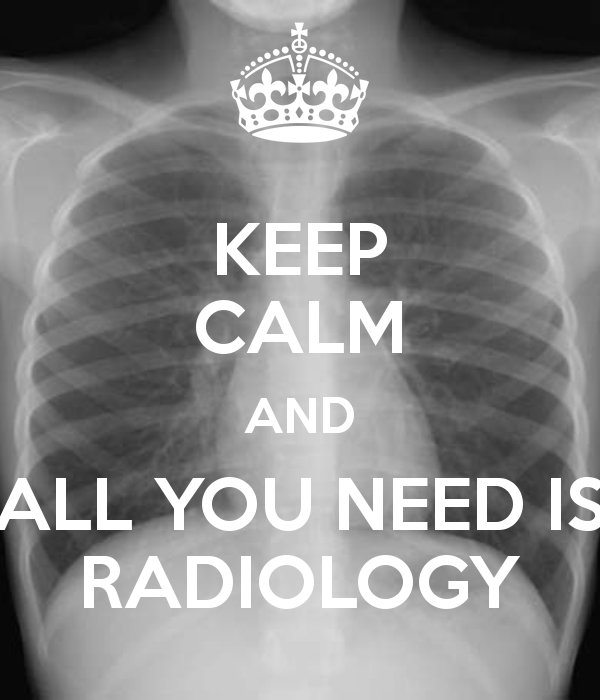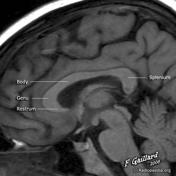Tags
Corpus callosum
(Ryan p.54-55, 56f-58f, 57, 59-60, 66)
- A large midline mass of commissural fibres, each of which connects corresponding areas of both hemispheres.
- It is approximately 10cm long & becomes progressively thicker towards its posterior end.
- Named parts include the following:
- Rostrum – this is the first part, which extends anteriorly from the anterior commissure
- Genu – this is the most anterior part where it bends sharply backward
- Trunk (body) – this is the main mass of fibres extending from the genu anteriorly to the splenium posteriorly. It lies below the lower free edge of the falx cerebri. The anterior cerebral vessels run on its superior surface
- Splenium – this is the thickened posterior end
- In cross–section, fibres from the genu that arch forward to the frontal cortex on each side are called forceps minor, and fibres from the splenium passing posteriorly to each occipital cortex are called forceps major. Fibres extending laterally from the body of the corpus callosum are called the tapetum. These form part of the roof and lateral wall of the lateral ventricle.
(Butler p.33)
- The largest commissure.
- Forms a C-shaped structure, concave inferiorly.
- The rostrum is the portion that projects infero-posteriorly from the anterior-most genu
- The body curves upwards and posteriorly towards the splenium
- The genu fibres curve forward into the frontal lobes, forming forceps minor.
- Similarly, the fibres of the splenium curve backward into the occipital lobes, as forceps major


Reblogged this on MarithaPress.
LikeLike